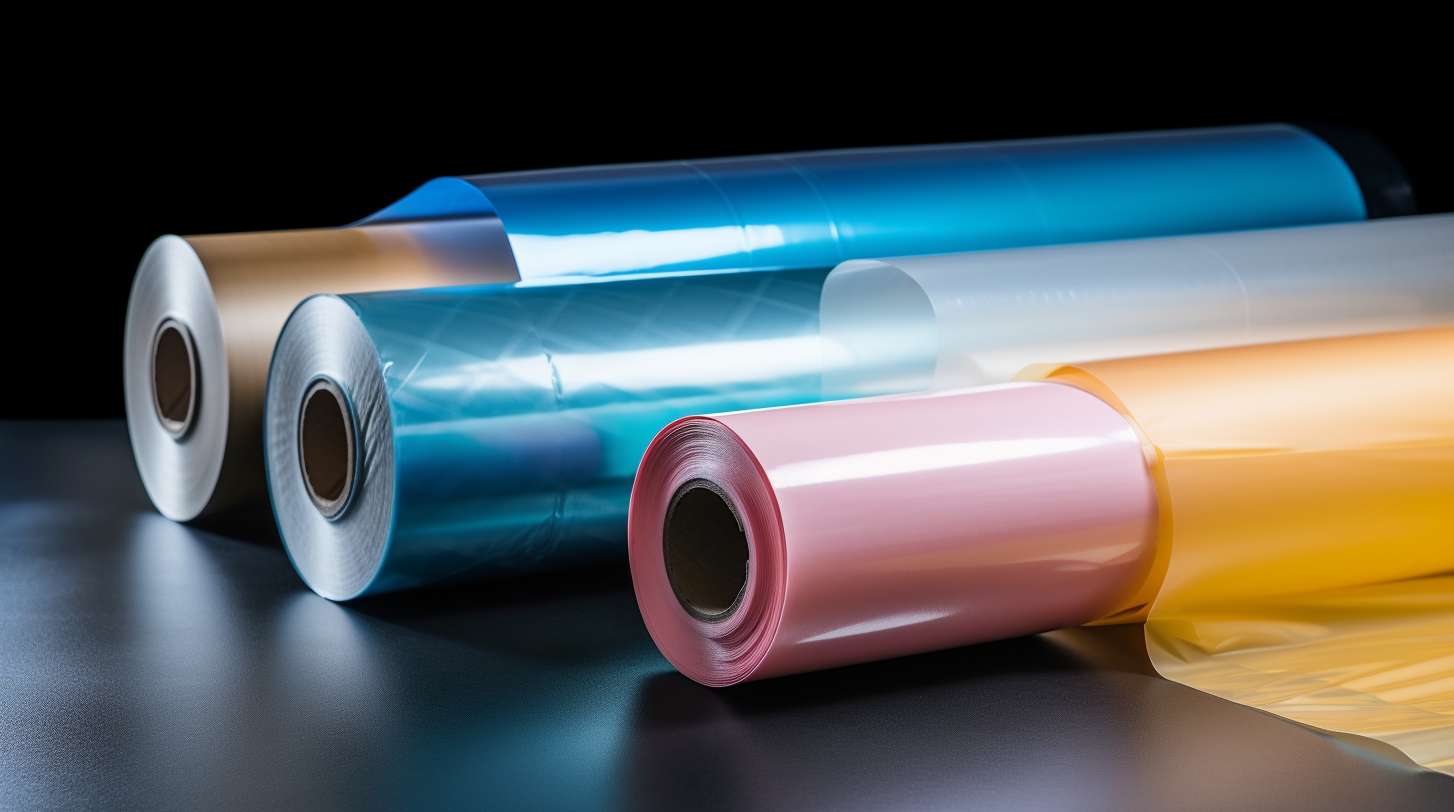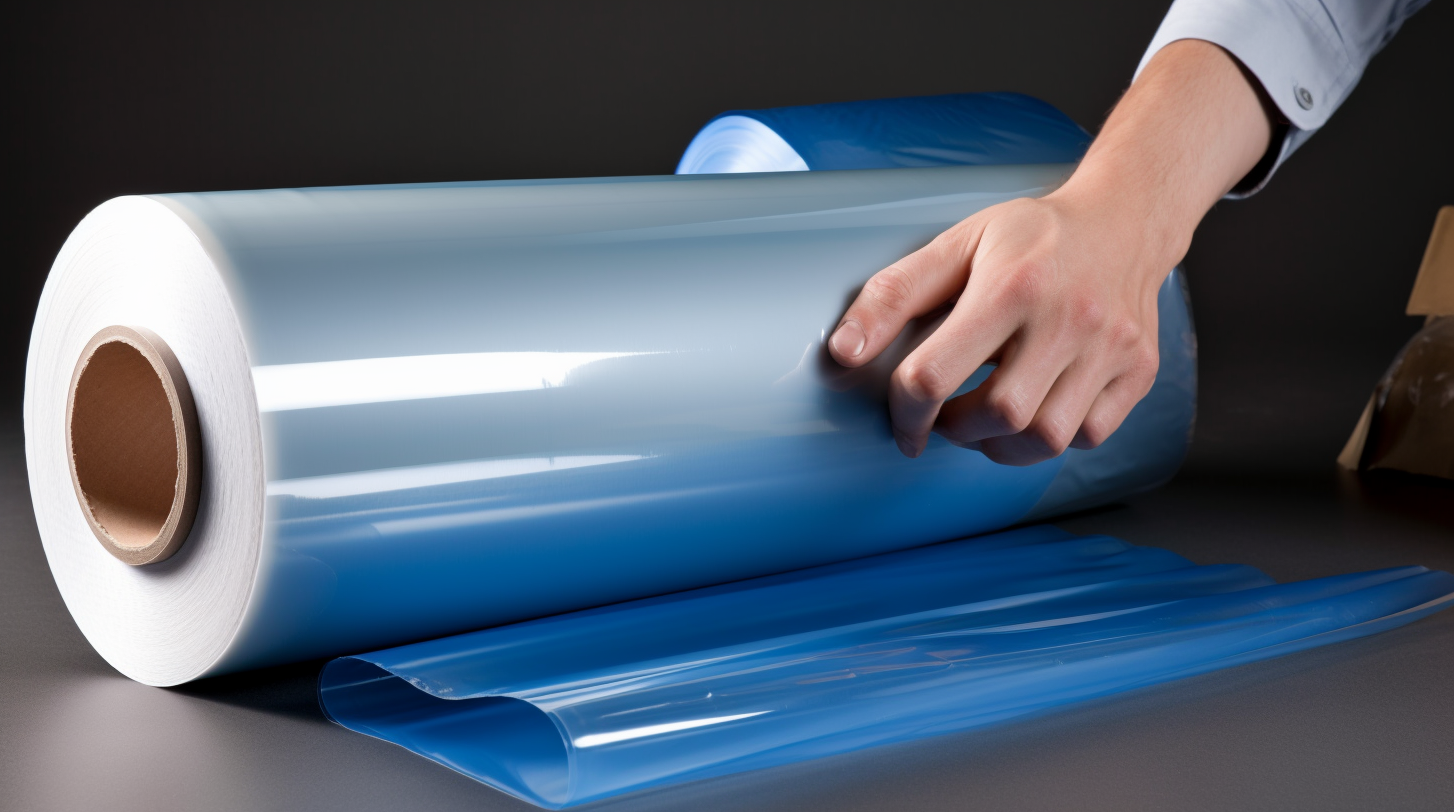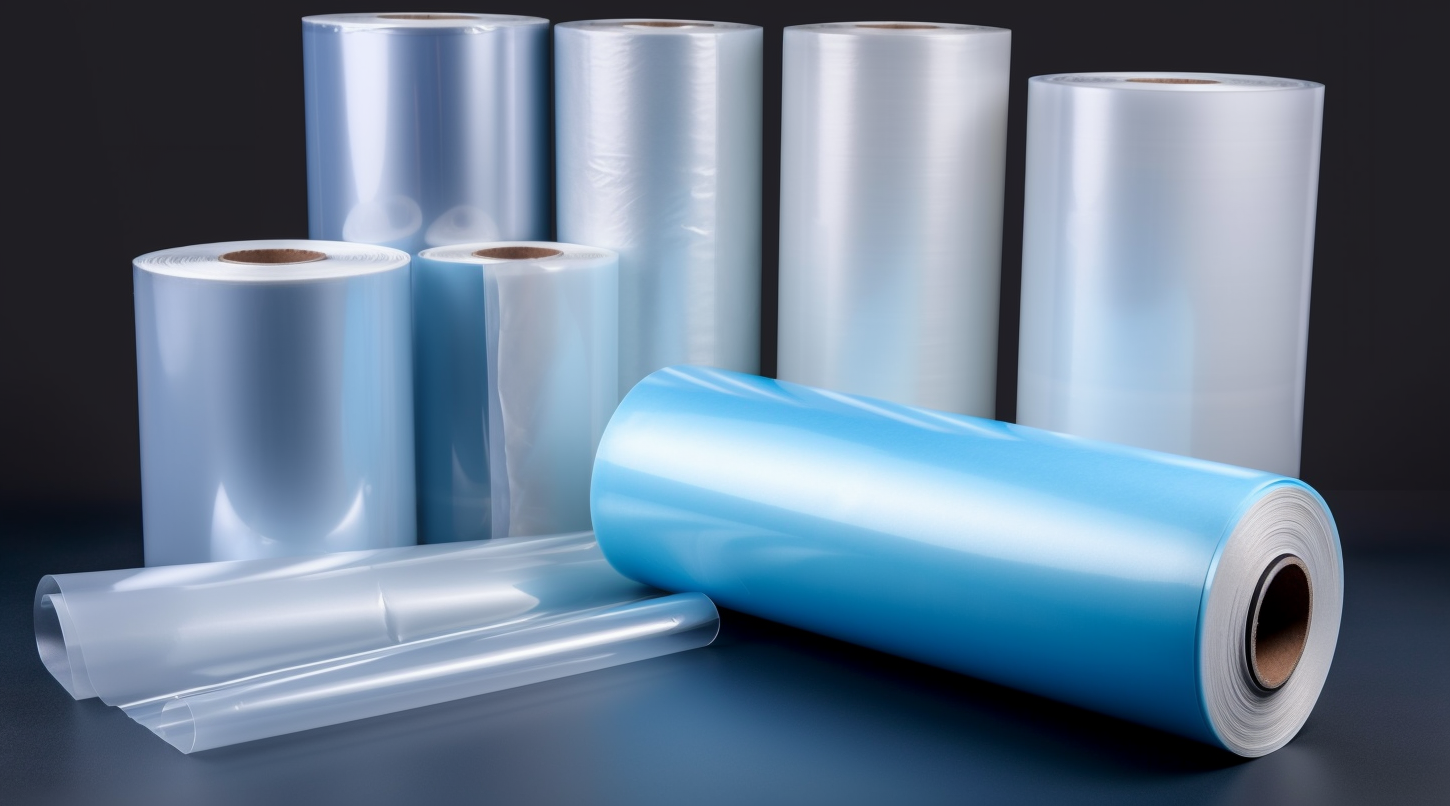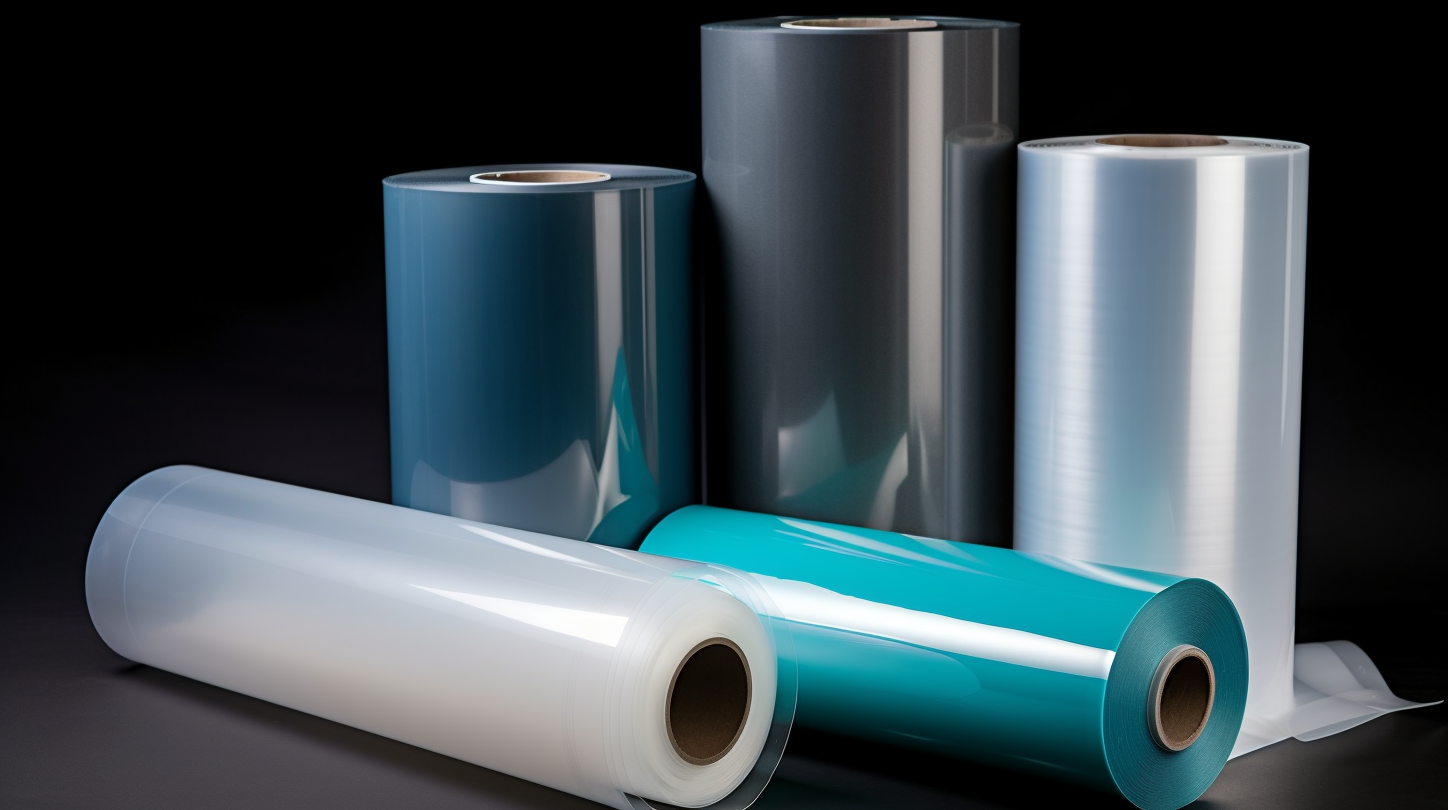Are you looking for an efficient, cost-effective way to package your products? The pre-stretched film may be the answer! For businesses looking to increase efficiency and reduce costs, a pre-stretched film is a great option. Learn about its many benefits here.
The pre-stretched film offers many benefits, including improved stretchability, increased stability, greater puncture resistance, and improved puncture recovery. It also helps reduce film costs and is environmentally friendly. It also has increased efficiency and cost savings in the long run.
Read on to learn more about the advantages of pre-stretching and the different applications of pre-stretched film in various industries.

Background of Pre-Stretched Film
A.Development and history of pre-stretched film
The pre-stretched film, also known as power-stretched film, is a type of plastic stretch film that is pre-stretched to a predetermined tension at the factory before it is sold. This type of stretch film is commonly used to secure and unitize loads for storage and transportation.
The development of the pre-stretched film has revolutionized the stretch film industry, allowing for easier and more efficient product wrapping. The origin of pre-stretched film dates back to the mid-1970s when a company called Stretchpack Corporation developed the first pre-stretched film.
The film was designed to provide a higher degree of stretchability than the traditional hand-wrapped stretch films of the time, allowing for a greater degree of product securement. The concept of the pre-stretched film quickly gained popularity and other companies began to develop their versions of the product.
In the 1980s, advances in technology enabled the development of even more efficient pre-stretched films that could be stretched to higher tensions and offered better cling properties. Since then, pre-stretched film technology has continued to evolve and improve.
B.Types of pre-stretched film
| Type | Description | Advantages | Disadvantages |
|---|---|---|---|
| Standard pre-stretched film | Regular stretch film that has been pre-stretched during the manufacturing process | Reduces film usage and waste, improves load stability, reduces worker fatigue | May not be suitable for heavier or irregular loads |
| Hybrid pre-stretched film | Combines the properties of blown and cast films, with pre-stretching during the manufacturing process | Offers the benefits of both blown and cast films, improved puncture resistance, excellent cling and clarity | May be more expensive than standard pre-stretched film |
| Vented pre-stretched film | Has small perforations throughout the film to allow for air flow | Reduces condensation, prevents mold and mildew, improves load stability | May not be suitable for loads that need to be kept dry or free from dust and debris |
| Colored pre-stretched film | Available in a variety of colors for color-coding or branding purposes | Improves load identification, can be used for branding or marketing purposes | May be more expensive than standard clear film |
| UV-resistant pre-stretched film | Contains UV inhibitors to protect against sun damage during outdoor storage and transportation | Prevents film degradation and discoloration, maintains load stability during outdoor storage and transportation | May be more expensive than standard clear film |
There are three main types of pre-stretched film: conventional, high-performance, and ultra-performance.
The conventional pre-stretched film is the most economical and is available in a variety of gauges, widths, and lengths. It is suitable for a wide range of applications, such as pallet wrapping and food packaging.
The high-performance pre-stretched film is designed for heavy-duty applications, such as pallet wrapping in extreme conditions. It is available in a variety of gauges, widths, and lengths and is more expensive than conventional pre-stretched film.
Ultra-performance pre-stretched film is specifically designed for extreme conditions and is typically used in outdoor and high-risk applications, such as pallet wrapping in hazardous environments. It is the most expensive type of pre-stretched film and is available in a variety of gauges, widths, and lengths.

C.Differences between pre-stretched film and traditional film
The pre-stretched film is a type of stretch wrap film that is stretched and applied to an object before being sold. This type of film is pre-stretched to a predetermined level and is applied to the load already stretched.
The pre-stretched film is typically made of polyethylene and is of a thinner gauge than traditional film, resulting in a lighter load. The pre-stretched film also provides increased stretchability and strength, making it ideal for applications that require extra protection or where stability is of the utmost importance.
Traditional film, on the other hand, is a thicker gauge and is applied to the load in its unstretched form. This type of film is also typically made of polyethylene, but is of a thicker gauge than pre-stretched film, resulting in a heavier load.
The traditional film also provides increased strength, rigidity, and puncture resistance, making it ideal for applications that require greater protection or where stability is of utmost importance.
The main difference between pre-stretched film and traditional film is the amount of stretchability and strength each provides. The pre-stretched film provides more stretchability and strength due to its thinner gauge, while traditional film provides more strength, rigidity, and puncture resistance due to its thicker gauge.
Benefits of Pre-Stretched Film
A.Increased Efficiency
1.Reduced Waste
A pre-stretched film can reduce waste by reducing the amount of film used for each packaging application. By stretching the film before it is applied, less film is needed to secure the package, resulting in less waste.
Additionally, the pre-stretched film is more durable and can withstand more tension without breaking, meaning it is less likely to tear during the application, reducing film waste. The film also adheres better to the package, eliminating the need for additional packing material and reducing waste.
2.Faster Wrapping Process
The pre-stretched film has a faster wrapping process than traditional hand wrap because it is stretched to a predetermined length and tension before it is applied to a load. This creates a more consistent application of film, reducing the time and effort needed to wrap a load.

B.Cost-Effective
1.Lower Material Costs
The pre-stretched film has lower material costs because it is thinner than traditional stretch film and uses less material to produce the same length of the film. Because the film is already pre-stretched, it requires less energy to stretch it during the wrapping process, meaning less energy is used which translates into cost savings.
Additionally, the pre-stretched film is more efficient, meaning that it takes fewer wraps to secure the load, which reduces material costs further.
2.Reduced Labor Costs
The pre-stretched film has reduced labor costs in several ways. First, it requires less manual labor to apply the film since it is already stretched to the correct tension. This reduces the time and effort needed to apply the film and can save companies money in labor costs.
Additionally, the pre-stretched film is more efficient than traditional films since it requires less power to stretch it, leading to reduced energy costs. Finally, the pre-stretched film has a longer life span, meaning fewer replacements need to be purchased and fewer labor hours are needed to apply new films. All of these factors contribute to reduced labor costs when using pre-stretched film.
C.Improved Load Stability
1.Stronger and More Durable Wraps
The pre-stretched film has stronger and more durable wraps because it is made from a thicker, more durable material. It is also stretched to a higher tension before it is applied to the pallet, resulting in a tighter, more secure wrap. Additionally, the pre-stretched film is designed to cling to the pallet, creating a more secure bond than a traditional stretch wrap.
2.Better Pallet Stability
The pre-stretched film has better pallet stability than conventional film because it offers better stretchability, higher strength, and greater puncture resistance. This makes it ideal for stabilizing large and heavy loads on pallets.
The pre-stretched film has a unique molecular structure that gives it a uniform stretch that is ideal for stabilizing pallets. It also offers improved film strength and puncture resistance, which helps to provide greater protection for the items on the pallet. The film’s uniform stretch allows it to conform to the shape of the pallet, creating a tight seal that keeps the load secure and stable.
Real-Life Applications of Pre-Stretched Film
A.Manufacturing and Distribution Industry
The pre-stretched film is a type of packaging material that is used in both the manufacturing and distribution industries. It is a plastic film that has been stretched to its maximum point and then cut to the desired length.
This process results in a strong and durable film that provides superior protection for products and materials during shipping, storage, and handling. It can be used to package and protect items such as machinery parts and electronics.
B.Retail and E-commerce Industry
In the retail industry, the pre-stretched film is used to package and protect products for shipment. It helps reduce the time and labor needed to wrap packages, allowing retailers to send out orders faster and with fewer mistakes. Additionally, the pre-stretched film is an economical choice for retailers, as it is often cheaper than other types of packaging materials. Furthermore, the pre-stretched film offers superior protection for products, ensuring that they arrive safely and undamaged.
In the e-commerce industry, the pre-stretched film is also a popular choice for packaging products. It is lightweight and easy to use, making it ideal for use in warehouse and shipping operations. The pre-stretched film helps to protect products from damage during shipping, while also providing an economical and efficient solution for wrapping multiple items.
C.Food and Beverage Industry
Pre-stretched films are a type of plastic film that has been stretched to a pre-determined tension before being used in the food and beverage industry. Pre-stretched films are used in a variety of applications within the food and beverage industry, including packaging, wrapping, and food-handling processes.

Pre-stretched films are also widely used in the food-handling process. This type of film is used to wrap food items, such as sandwiches, to ensure that they remain fresh and unspoiled. Pre-stretched films can also be used to form bags and other types of packaging. The films provide an effective barrier that prevents contamination of food products.
The pre-stretched film offers a wide range of benefits to those using it for packaging and storage purposes. It is a cost-effective solution that provides increased efficiency, convenience, and security. It also has a much longer shelf-life than regular stretch film, making it an ideal choice for companies looking for a reliable and long-term packaging solution.














